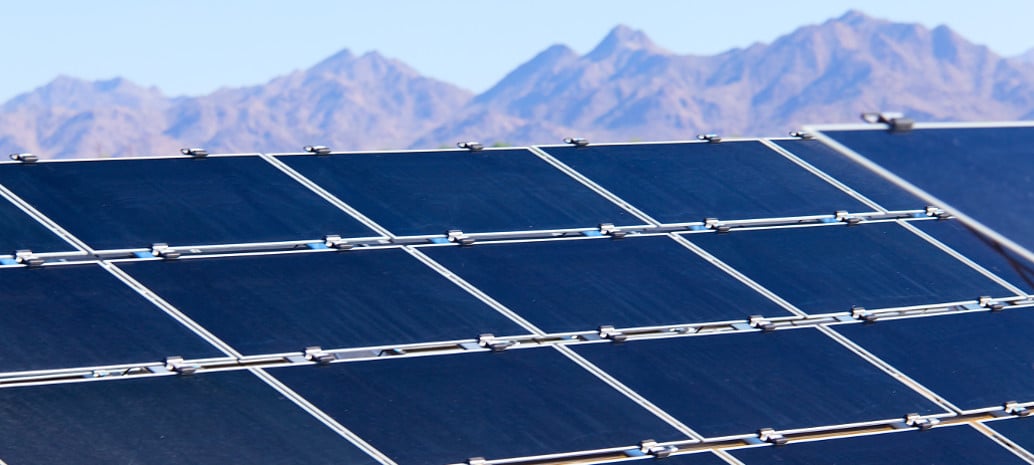Yesterday, Arizona Public Service (APS) announced that it has become the first utility outside of California to reach 1 GW of solar energy capacity, counting both direct ownership and projects with which it holds power contracts.
This includes 499 MW of utility-scale projects and 551 MW of rooftop PV, representing an investment of roughly $2 billion. Through the company’s AZ Sun program, APS owns and operates nine PV projects across Arizona totaling 170 MW, which were built by independent solar developers and contractors, as well as another 10 MW of rooftop PV.
The remainder of the 1 GW comes from projects across Arizona with long-term contracts to sell power to APS, including distributed rooftop solar owned by SolarCity and other third-party developers.
This is an interesting milestone for APS, as it is known as the first utility in the nation to successfully be granted a per-kW monthly charge on its customers who deployed solar in 2013, as the beginning of a wave of similar requests by other utilities.
As such, it shows the irony that many of the utilities which petition for changes to rates and policies that are unfavorable to rooftop solar are also deploying large amounts of solar, usually at a larger scale.
The announcement that APS has hit 1 GW of capacity comes nine days after the utility joined the Energy Imbalance Market, a real time wholesale power market managed by the California Independent System Operator (CAISO).
Similar to other participants, this allows APS to trade power in the market in increments as small as five minutes, which the company says allows “efficiencies that are not possible with traditional hour-ahead trading practices”.
Such rapid trading of electricity was identified by the U.S. Department of Energy’s National Renewable Energy Laboratories (NREL) in a landmark 2010 study as one of the key steps to enabling the integration of higher levels of wind and solar. But in addition to the technical benefits, APS says that there are economic factors.
“Participating in a market that enables APS to buy and sell power closer to when electricity is consumed will result in meaningful economic savings to customers through lower production costs and better integration of renewable resources like solar,” said APS VP of Resource Management Tammy McLeod.
The EIM, which CAISO started with PacifiCorp in 2014, allows for the dispatch of least-cost energy in real time in California and six other states, not including Arizona. NV Energy is also a participant in the market, and on the same day as APS, Puget Sound Energy in Washington also began participation in the EIM. Portland General Electric is additionally scheduled to join in 2017, and Idaho Power will join in 2018.
This content is protected by copyright and may not be reused. If you want to cooperate with us and would like to reuse some of our content, please contact: editors@pv-magazine.com.









By submitting this form you agree to pv magazine using your data for the purposes of publishing your comment.
Your personal data will only be disclosed or otherwise transmitted to third parties for the purposes of spam filtering or if this is necessary for technical maintenance of the website. Any other transfer to third parties will not take place unless this is justified on the basis of applicable data protection regulations or if pv magazine is legally obliged to do so.
You may revoke this consent at any time with effect for the future, in which case your personal data will be deleted immediately. Otherwise, your data will be deleted if pv magazine has processed your request or the purpose of data storage is fulfilled.
Further information on data privacy can be found in our Data Protection Policy.